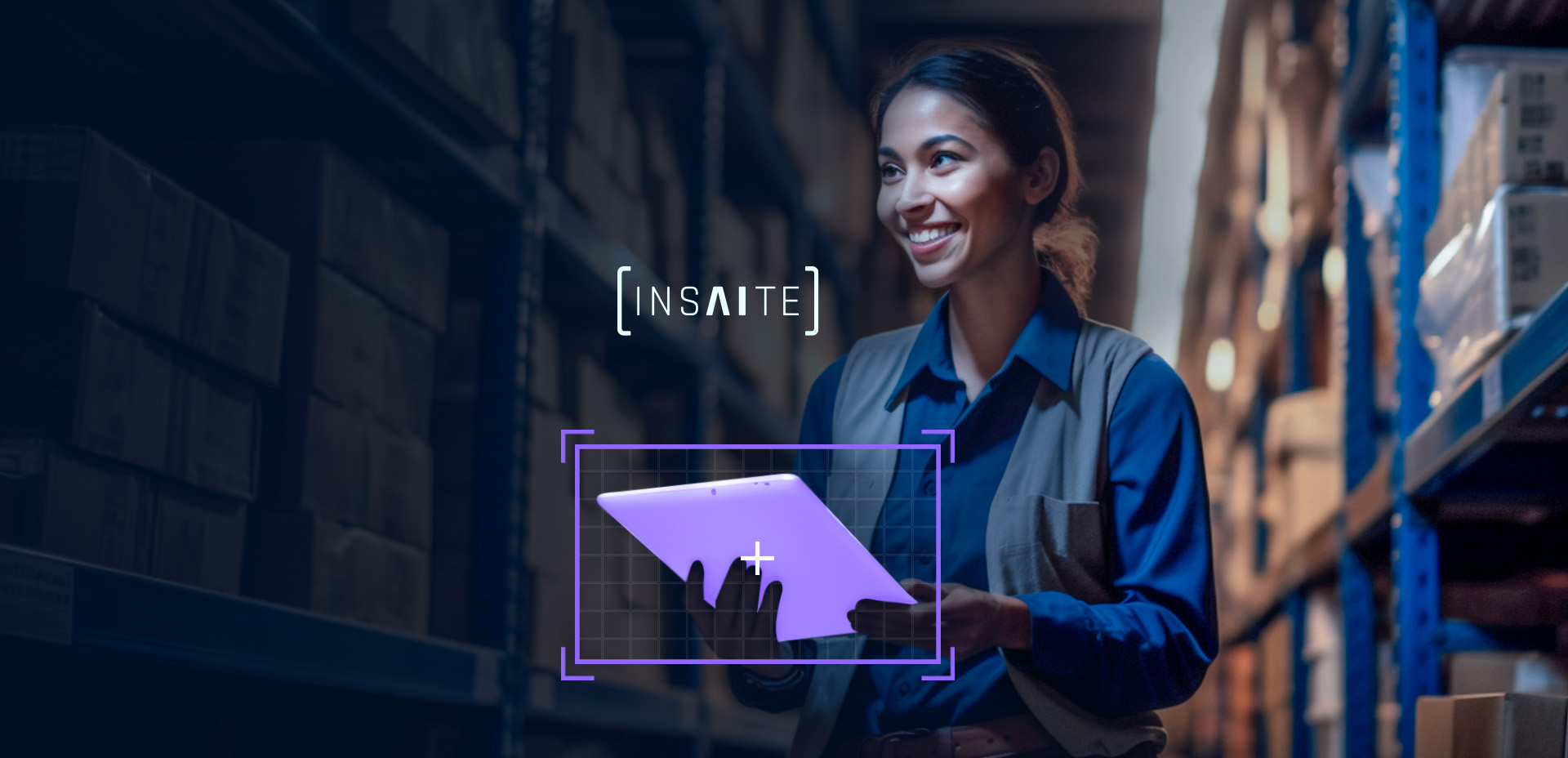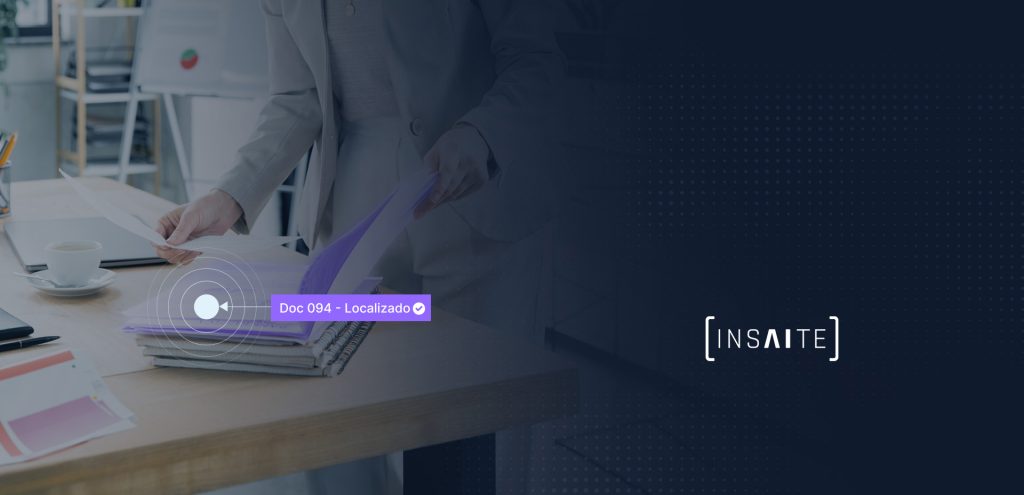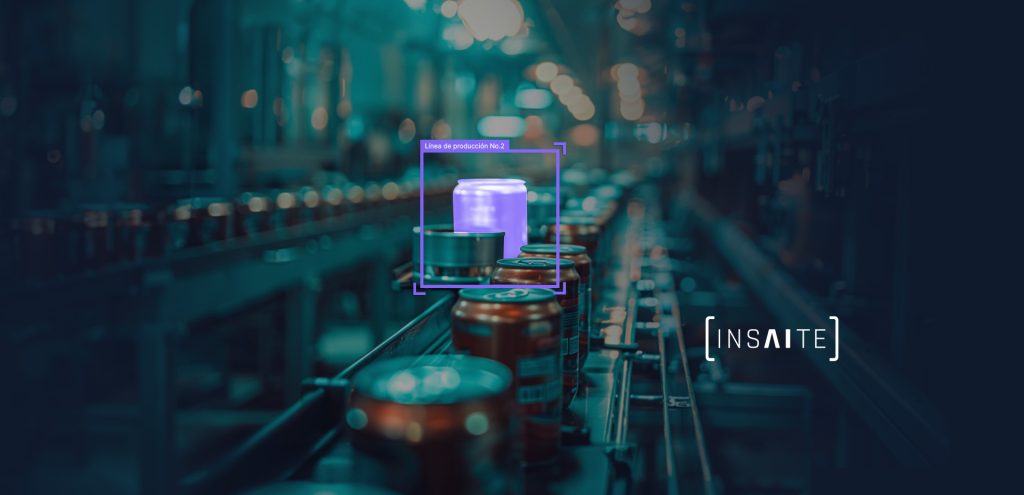In the manufacturing industry, inventory management is a complex and challenging task. Manufacturers need to have enough inventory to meet customer demand but not so much that it goes to waste or becomes obsolete.
For this, demand forecasting is a key tool that can help manufacturers make better decisions about the products needed in inventory
. Demand forecasting is a process that estimates the quantity of products or services that will be sold in a specific period of time.
This is where artificial intelligence can be a useful tool for demand forecasting, as it can analyze large amounts of data to identify patterns and trends. In this note, we’ll discuss the importance of predictive demand and how you can implement AI systems to help you streamline this process.
Importance of Demand Forecasting in the Manufacturing Industry
Within the dynamics of manufacturing companies, there are several key points that make demand forecasting a crucial topic in their production. Some of these points are:
- Helps optimize inventories: Through this process, the amount of inventory needed to meet demand is determined. This can help reduce storage and obsolescence costs.
- Improves production planning: Helps efficiently plan production, avoiding product shortages, and meeting delivery deadlines.
- Provides data for decision-making: Demand forecasting provides valuable data that can be used to make strategic decisions. This data can help improve marketing campaigns, pricing, and operations.
How Does Demand Forecasting with AI Work?
Demand forecasting with AI is based on machine learning, which is a type of artificial intelligence that allows machines to learn from data without being explicitly programmed. In the context of demand forecasting, machines learn from historical sales data, as well as other relevant data such as weather, economic trends, and special events.
By analyzing this data, machines can identify patterns and trends that can be used to predict future demand.
What Are the Benefits of Demand Forecasting with AI?
Demand forecasting with AI offers a series of benefits for manufacturing companies, including:
- Improves the accuracy of demand forecasts: AI can help companies make more accurate inventory decisions, reducing waste and sales losses.
- Reduces inventory costs: By having the right amount of inventory in the right place at the right time, companies can reduce storage and transportation costs.
- Improves customer satisfaction: By being able to meet customer demand in a timely manner, companies can improve their satisfaction and loyalty.
How to Implement Demand Forecasting with AI
As in any process, to begin implementing artificial intelligence solutions for demand forecasting, it is important to consider several variables and follow certain steps to truly help optimize your operation.
- Collect data: The first step is to collect historical sales data, as well as other relevant data. This data can be collected from a variety of sources, such as Enterprise Resource Planning (ERP) systems, Supply Chain Management (SCM) systems, and Point of Sale (POS) systems.
- Prepare the data: Once the data has been collected, it needs to be prepared for analysis. This may involve cleaning the data, removing outliers, and converting the data into a format compatible with machine learning software.
- Train the model: The next step is to train a machine learning model. This model will be used to make demand predictions. Training the model can be a complex process that requires a large amount of data.
- Evaluate the model: Once the model has been trained, it needs to be evaluated to ensure accuracy. This can be done by comparing the model’s forecasts with actual sales data.
- Implement the model: Once the model has been evaluated, it can be implemented to make real-time demand predictions.

Case Study: Demand Forecasting in the Manufacturing Industry
To better understand how demand forecasting helps companies like yours, let’s consider an example.
An automotive manufacturing company uses AI-based demand forecasting to improve the accuracy of its demand forecasts. For this, the company uses historical sales data as well as data on economic trends and special events it has detected to train a machine learning model.
As a result of analyzing the provided information, the machine learning model has improved the company’s demand forecast accuracy by 20%. This allows the company to reduce its inventory costs by 15% and improve customer satisfaction.
Success Stories of Demand Forecasting in the Manufacturing Industry
Taking the case study presented earlier into the real world, we find several companies from different fields already using demand forecasting to improve their operations. Here are some examples:
- Nike: uses demand forecasting to determine the quantity of shoes it produces. The company uses a machine learning model that analyzes data such as historical sales, fashion trends, and economic conditions.
- Walmart: uses demand forecasting to plan its inventory of food products. The company uses an AI model that analyzes data such as historical sales, weather, and special events.
- Siemens: Siemens uses demand forecasting to plan its production of industrial equipment. The company uses an AI model that analyzes data such as purchase orders, delivery times, and available materials.
Predictive demand is a perfect ally for the industry
Demand forecasting is an essential tool for any manufacturing company, including yours. With it, better decisions can be made regarding inventory management and production planning, which can generate cost savings, increase sales, and improve customer satisfaction.
Artificial intelligence can help improve the accuracy of your demand forecasts and automate the process.
This can free up time and resources for you and your team to focus on other tasks. In the manufacturing industry, demand forecasting is especially important for optimizing inventories and maximizing sales.





[…] notes, in order to utilize systems based on artificial intelligence, it’s necessary to have a knowledge base about the process you want to […]